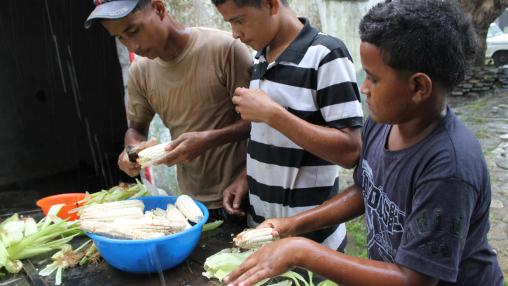
FAO Food Price Index Hits Two-Year High on Cereal, Sugar Price Surges
Surging cereal export prices brought the FAO Food Price Index to a two-year high in January. The Index rose 2.1 percent above its December level, to 173.8 points. This is the highest level seen since February 2015 and as much as 24.5 points above its January 2016 level.
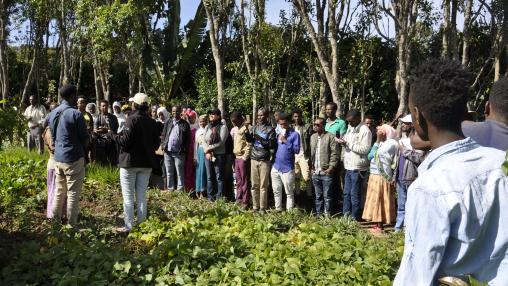
Attaining Food and Environmental Security in an Era of Globalization
The global population is expected to grow to more than 9 billion people by 2050. In such a scenario, ensuring the availability of and access to affordable and nutritious food will be a major challenge.
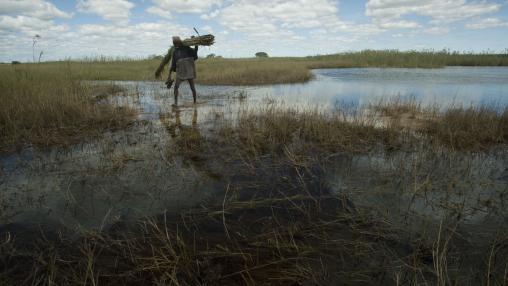
Measuring Resilience
Climate change, disease outbreaks, price spikes, conflict - resilience to such shocks has become a widespread goal among development practitioners and policymakers, but what exactly is resilience? How can we define resilience and how can it be measured to ensure that programs and policies aimed at increasing poor populations’ resilience to shocks truly enhance food security and overall welfare?
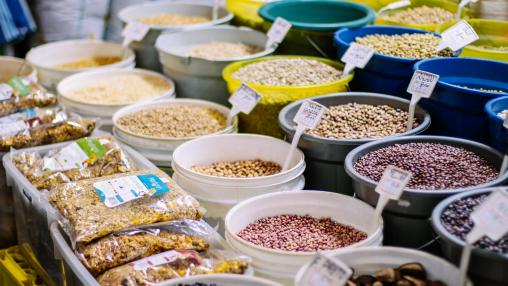
FAO Crop Prospects and Food Situation Report Sees Increased 2016 Cereal Output
The FAO’s latest Crop Prospects and Food Situation Report for 2016 forecasts world cereal production at 2,578 million tonnes, 1.7 percent above 2015 cereal output. This gain is being driven mainly on larger maize and wheat crops. The Crop Prospects and Food Situation Report is published four times a year and provides a review of the food situation by geographic region; it also includes a section dedicated to Low Income Food Deficit Countries (LIFDC) and a list of countries requiring external food assistance.
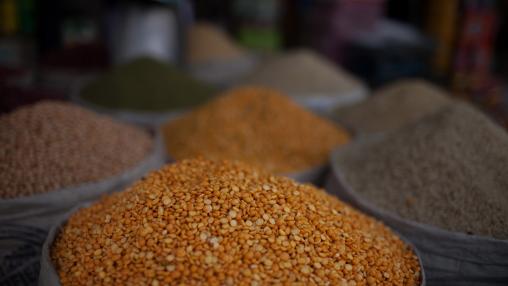
FAO Food Price Index Falls, AMIS Market Monitor Sees Continued Good Supplies
The FAO Food Price Index, released today, fell slightly in November but remains 10.4 percent higher than its November 2015 level. This month's small decline, driven mostly by falling oil prices, interrupted the rising trend seen since the start of 2016.
The Cereal Price Index fell 0.6 percent in November and is as much as 12 points below its year-earlier level. Good global supply prospects, particularly for wheat in Argentina and Australia, have supported this decrease.
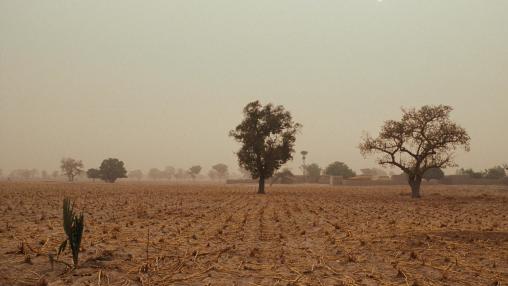
Agriculture and Climate Change: COP22
Agriculture played a leading role in the UN Conference of the Parties on Climate Change (COP22), held in November in Marrakesh, Morocco. This year’s conference theme was “Africa, Adaptation, and Agriculture”; the event focused on helping countries establish specific strategies to achieve the agreement reached at COP21 (the Paris Agreement) to cap climate change below two degrees Celsius of warming in this century.
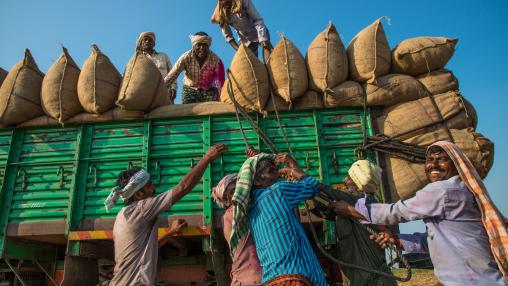
Innovation for Inclusive Value Chain Development
Value chain development (VCD) aims to address poverty by strengthening linkages among agricultural value chain actors (producers, laborers, traders, processors, retailers, and consumers), allowing those actors to take better advantage of market opportunities.
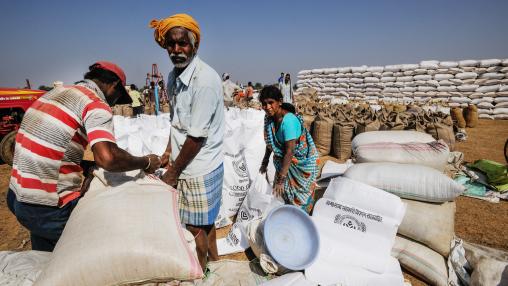
USDA Releases Latest World Agricultural Supply and Demand Estimates
The USDA’s monthly report on World Agricultural Supply and Demand Estimates (WASDE) was released on November 9.
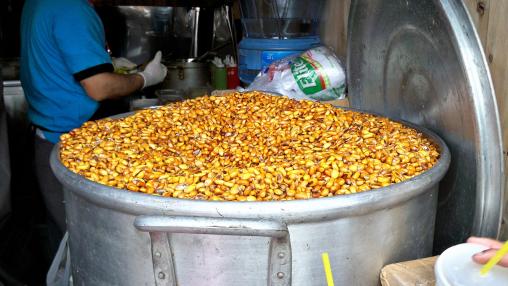
Latest FAO Food Price Trend Report Sees Lower Global Agricultural Prices
The FAO’s monthly report on food price trends was released on November 10. The bulletin reports on recent food price developments over the past month at the global, regional, and country levels, with a focus on developing countries and early warnings for high country-level food prices that may negatively affect food security.
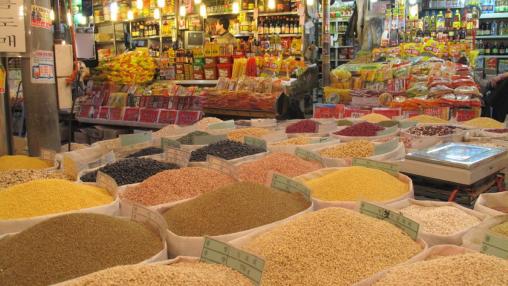
November Editions of the FAO Food Price Index and AMIS Market Monitor Released
The latest editions of the FAO Food Price Index and AMIS Market Monitor were both released on November 10. The FAO Food Price Index is a measure of the monthly change in international prices of a basket of five food commodity groups; the monthly AMIS Market Monitor covers the international markets for wheat, rice, maize, and soy and provides an overview of the market situation and outlook for each of these crops.